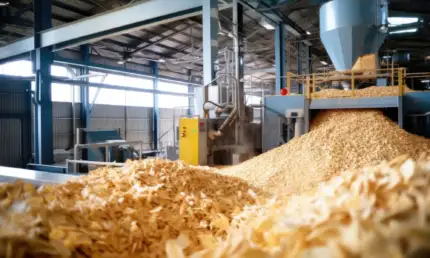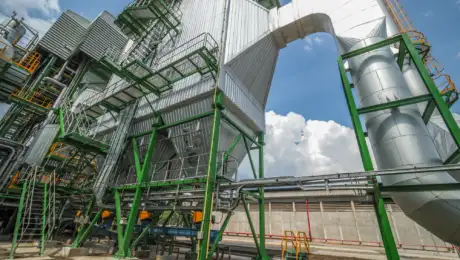
Determine the lowest temperature of a hot surface to mitigate the risk of dust layer ignition
The Minimum Ignition Temperature of dust layers (MITdl) test serves the purpose of determining the lowest temperature at which a dust layer can ignite and sustain combustion. This test is crucial for assessing the fire and explosion hazards associated with dust in industrial settings.
Method
Similar to the Minimum Ignition Temperature of dust clouds (MITdc), we perform this test based on EN 80079-20-2 “Explosive atmospheres – Part 20-2: Material Characteristics – Combustible dust test methods“.
A circular layer sample of 5 mm in thickness and 100 mm in diameter is heated on a hot plate at a constant temperature. In the process, we monitor the temperature of the sample layer and the hot plate. Varying the temperature of the hot plate until we find the minimum temperature of the hot plate capable of igniting the dust layer.
We can also assess the sensitivity of the dust to layer thickness by testing different layer thicknesses.
An example of MITdl test at Gexcon's dust laboratory
FAQs
-
1How does MITdl testing contribute to industrial safety?
MITdl testing provides critical information to identify and understand the ignition risks associated with dust layers. This knowledge is essential for implementing safety measures and mitigating the potential for fires and explosions in the workplace.
-
2Which industries commonly conduct MITdl tests, and why?
Industries handling combustible dust, such as chemical, pharmaceutical, food processing, and manufacturing, commonly conduct MITdl tests. This is to comply with safety regulations and prevent dust-related incidents.
-
3What are the key factors influencing MITdl in dust layers?
Key factors include the type of dust, its particle size, moisture content, and ambient conditions. These factors influence the temperature at which ignition becomes possible.
-
4Can MITdl testing help in the selection of dust control and ventilation systems?
Yes, MITdl results guide the selection and design of effective dust control and ventilation systems to minimize the risk of dust layer ignition.





